
Тэйт МодернTate Modern
Вот что в Лондоне клёво, так это то что несколько самых познавательных музеев бесплатны для посетителей. Более того, они предлагают очень хорошие тематические бесплатные экскурсии. Поэтому во время моей поездки я выкроил немного времени насладился Британским музеем (в котором ничего не фотографировал) и Тэйт Модерн, в котором наслушался интересных рассказов о современном искусстве и теперь собираюсь поделиться с вами некоторыми впечатлениями (качество моих фотографий, к сожалению, в этот раз хромает). Да… в заголовке этой заметки – работа “Вьетнам II”, созданная Leon Golub (1922 – 2004), в 1973.

Вид на Тэйт Модерн с моста Миллениум. В прошлом это здание было электростанцией.

Турбинный зал. Когда-то тут стояли электро-генераторы, а сейчас тут устраивают крупномасштабные арт-инсталляции. К сожалению, во время моего визита зал пустовал.
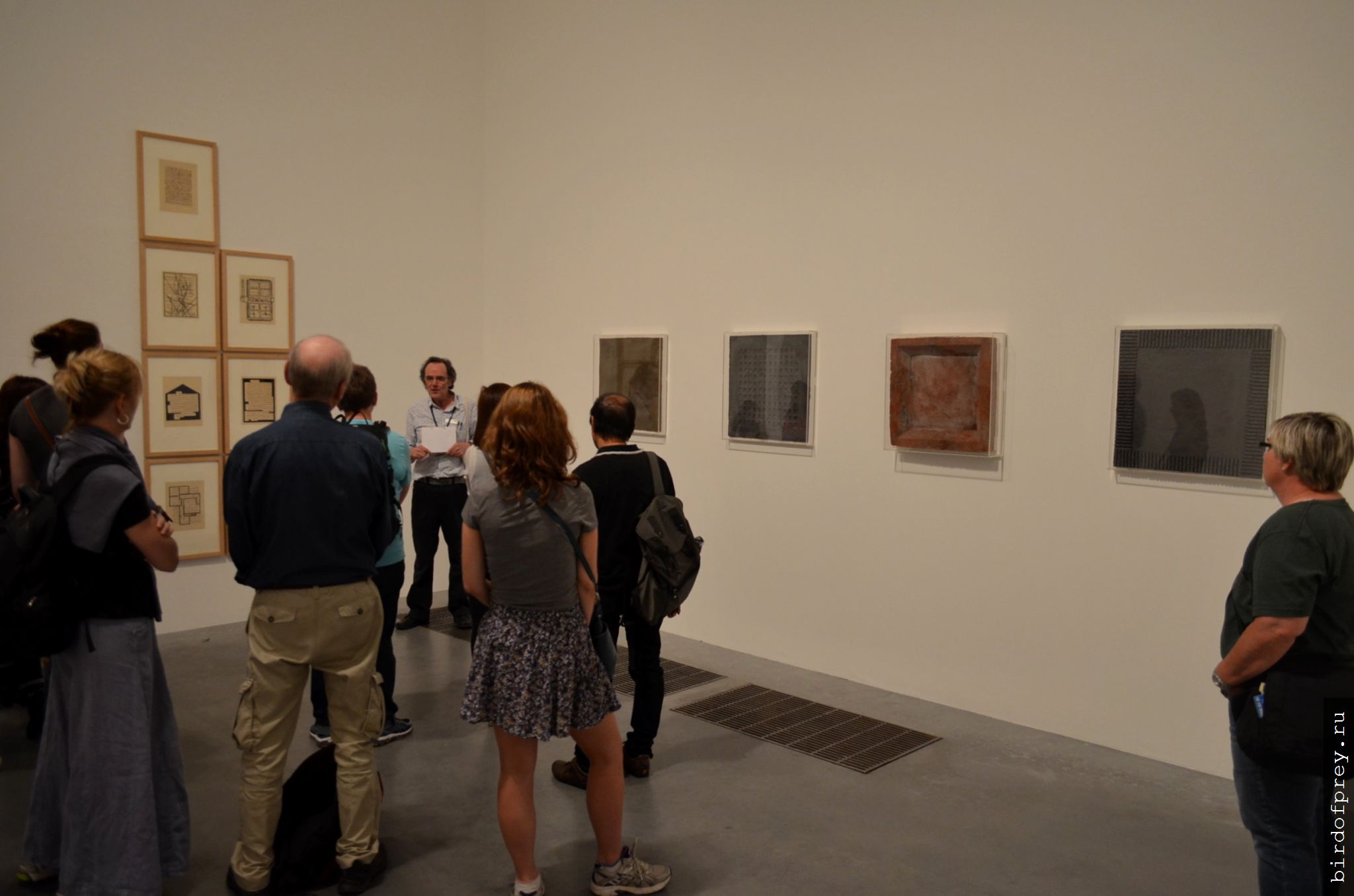
Экскурсия “Структура и Ясность”.

“Повседневность” 2009 – Subodh Gupta (рождён в 1964).

“Колебание” 1925 – Василий Кандинский (1866 – 1944). Об этом произведении нам рассказывали немало, но всё пересказывать мне лень :) В нескольких словах: Кандинский был настоящим психом, искренне верившим в лженаучную чушь типа ауры у вещей, связи цветов ауры с чувствами и мыслями и т.д. И он использовал всю такую псевдо-теорию при создании своих работ, так что, в принципе, если угрохать своё время на изучение этого бреда, его картины можно “расшифровать” и понять, что он имел ввиду. Однако, с другой стороны, наслаждаться его картинами можно и не зная всего этого, благодаря их гармоничной структуре. Хотя вот эта картина и выглядит хаотичным нагромождением произвольных элементов, каждая её деталь находится на своём, точно выверенном месте. Если попробовать что-то на ней убрать или изменить, она будет выглядеть совершенно по-другому.
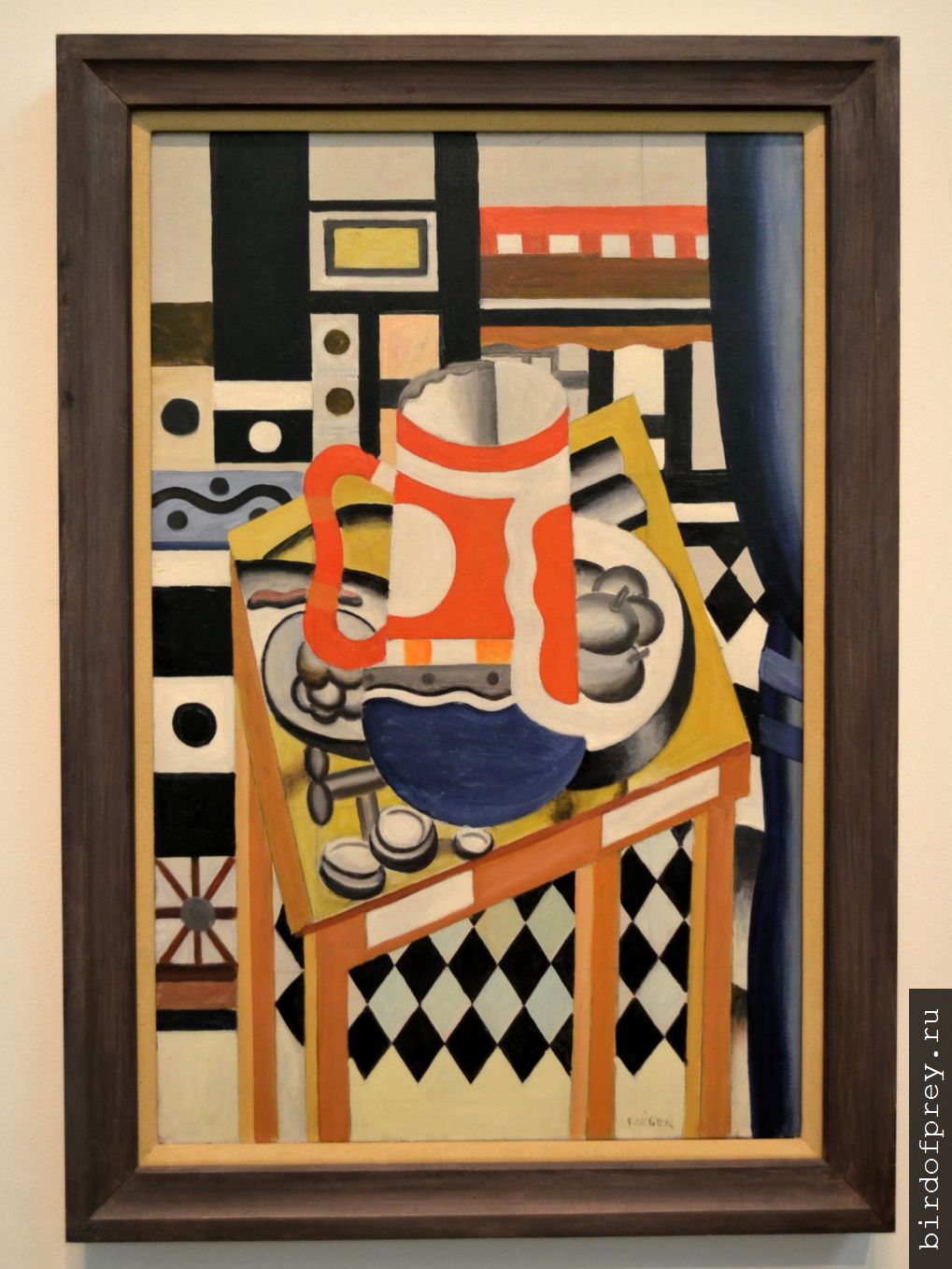
“Застывшая жизнь и кружка пива” 1921-2 – Fernand Léger (1881 – 1955). Здесь вы видите пивную кружку, стол с разной кухонной утварью, и часть комнаты в качестве фона. Однако, эта картина намеренно лишена объёма, все её элементы выглядят плоскими, спроецированными на холст странным образом. За этим стоит философская концепция, типа “традиционные картины являются обманом, поскольку художники создают в них иллюзию объёма, обманывая своих зрителей”. Здесь же художник старается быть честным, создавая плоские фигуры на плоской поверхности.
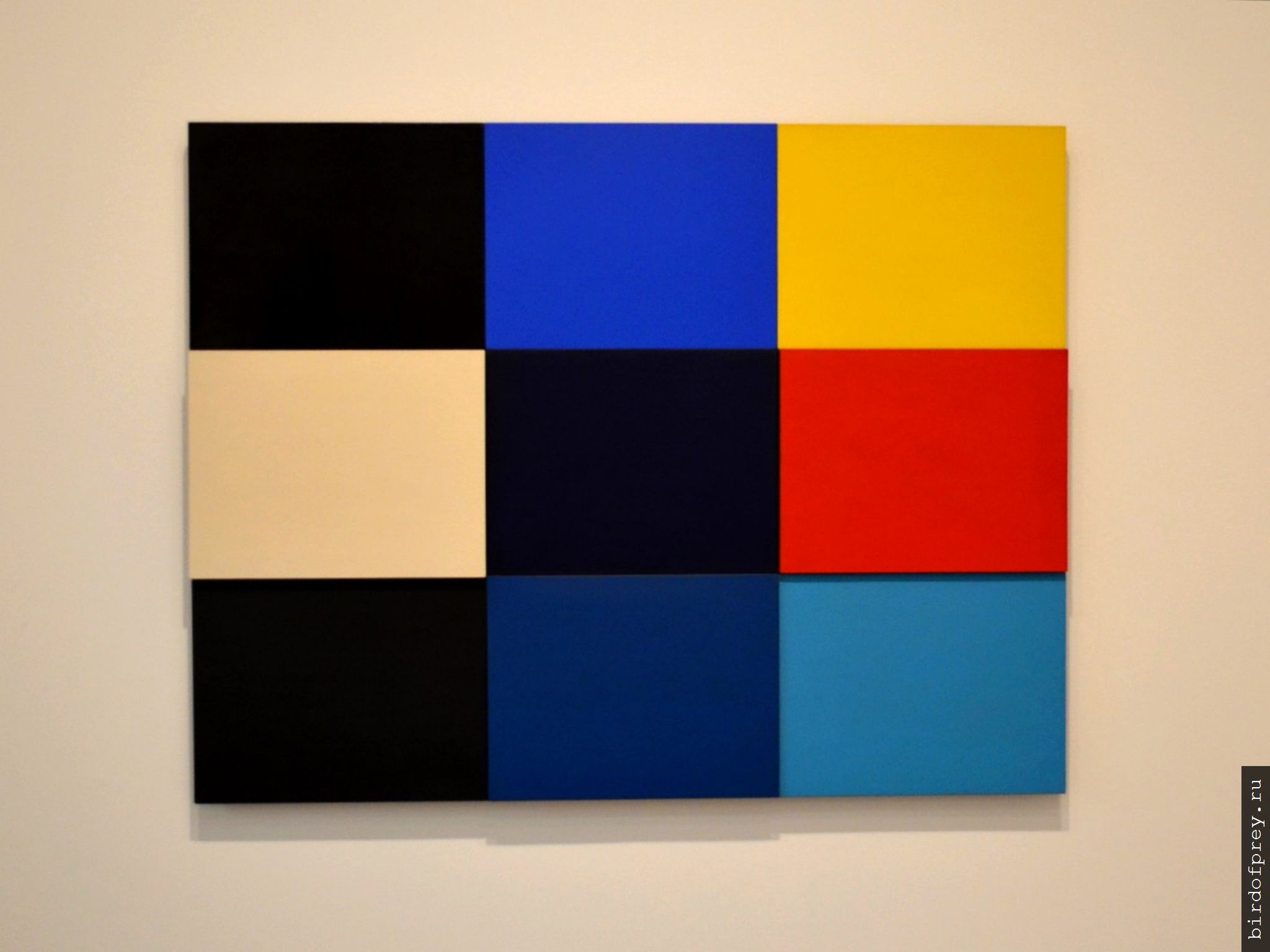
“Средиземноморье” 1952 – Ellsworth Kelly (родилась в 1923). Эта американка провела какое-то время в Европе на побережье Средиземного моря (как Вики и Кристина в фильме Вуди Аллена) и, вдохновлённая своими впечатлениями, она затем создала множество подобных абстрактных картин. На этой мы видим “пикселизированное” изображение средиземноморского берега: синее море, голубое небо, жёлтые с красным песок и вино, солнце, белые дома и чёрные земля и скалы (ммм… возможно у неё была немного иная интерпретация, но идея такова).

“Оранжевый с зелёным” 1991 – Ellsworth Kelly (родилась в 1923). “Сколько цветов использовано в этом произведении?” – спросил нас гид. Верный ответ – три, поскольку белая стена участвует здесь как часть произведения. И гид не знал, что тут изображено, он видел в этом лишь необычное сочетание цветов, а я, зная теперь, что дама вдохновлялась средиземноморьем, сразу понял, что смотрю на мандарин, висящий на дереве. Поглядите на следующее фото из Испании :)
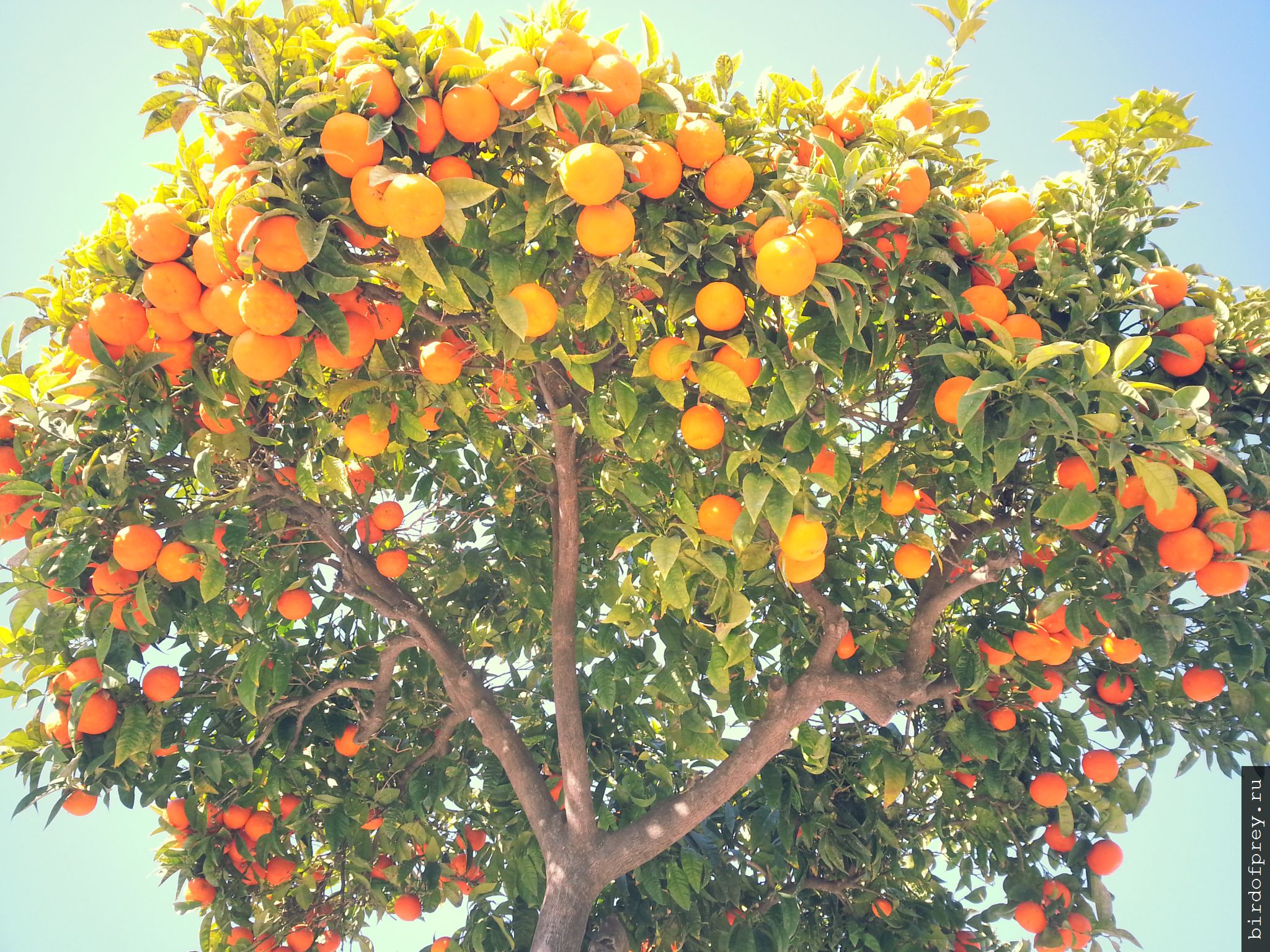
Думаю, что-то типа такого стало вдохновением для предыдущей работы.
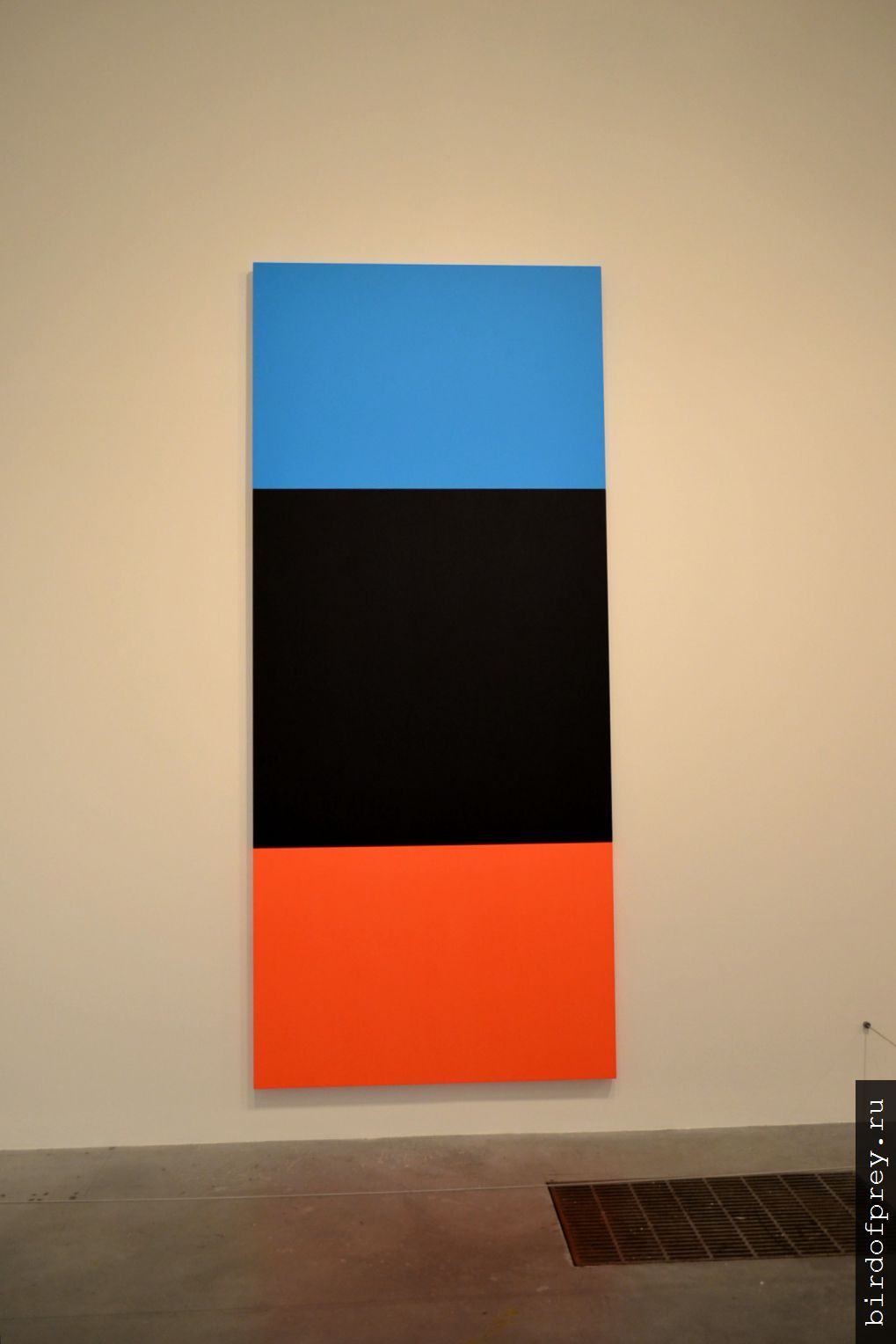
“Синий, чёрный, красный” 2006 – Ellsworth Kelly (рождена в 1923).
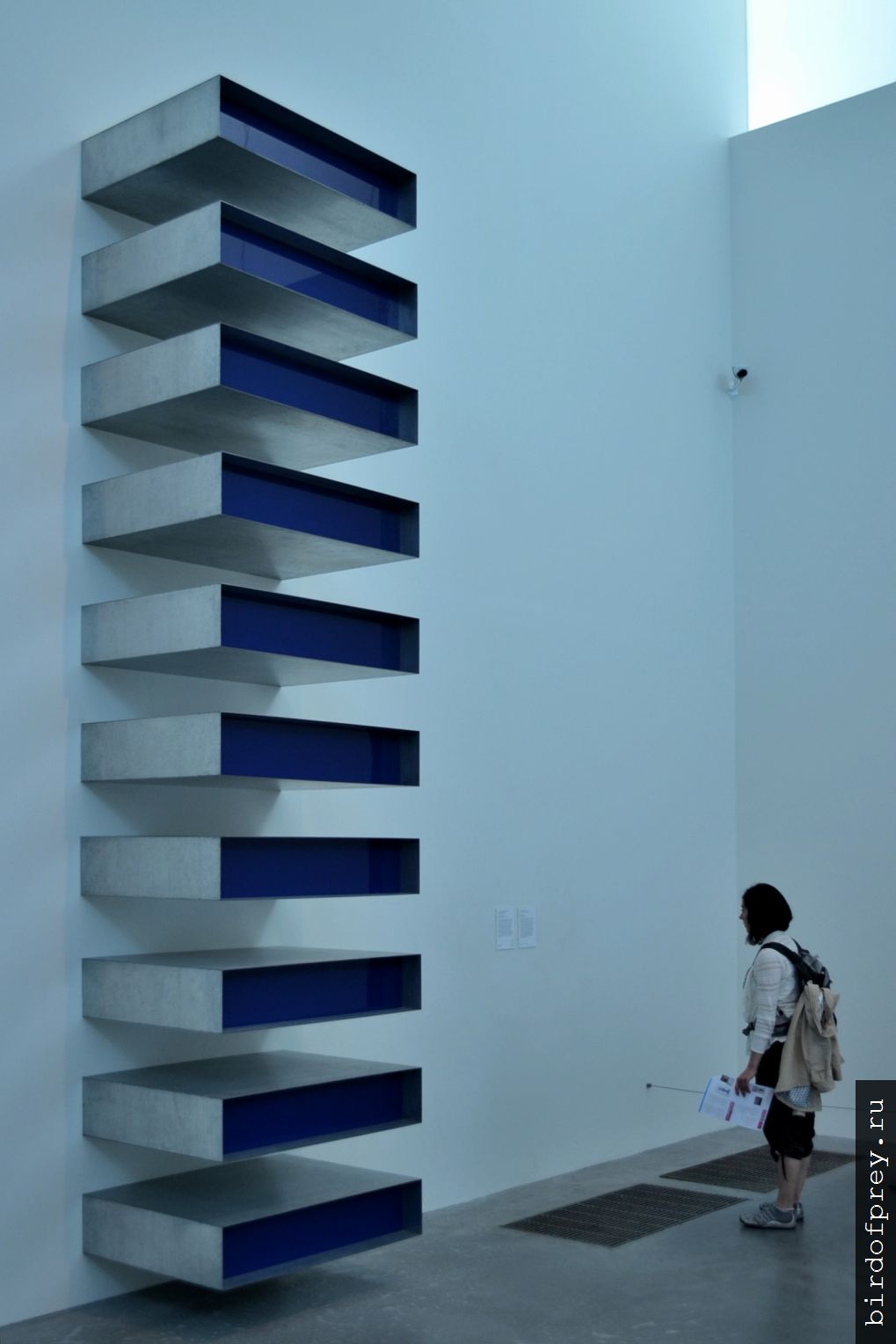
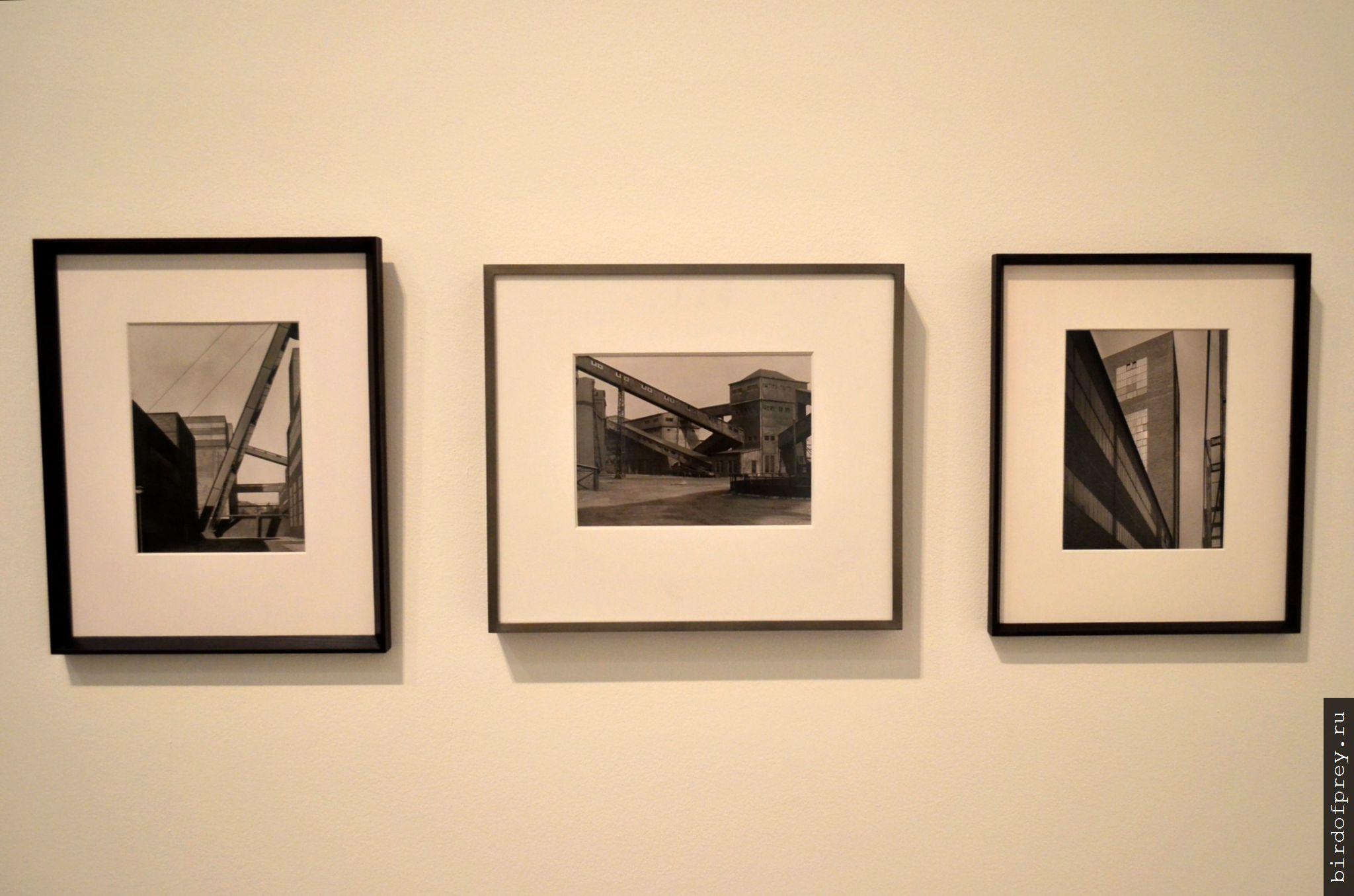
Фотографии от Albert Renger-Patzsch (1897 – 1966). Левая – из Зольферайна, в котором я как-то побывал :)
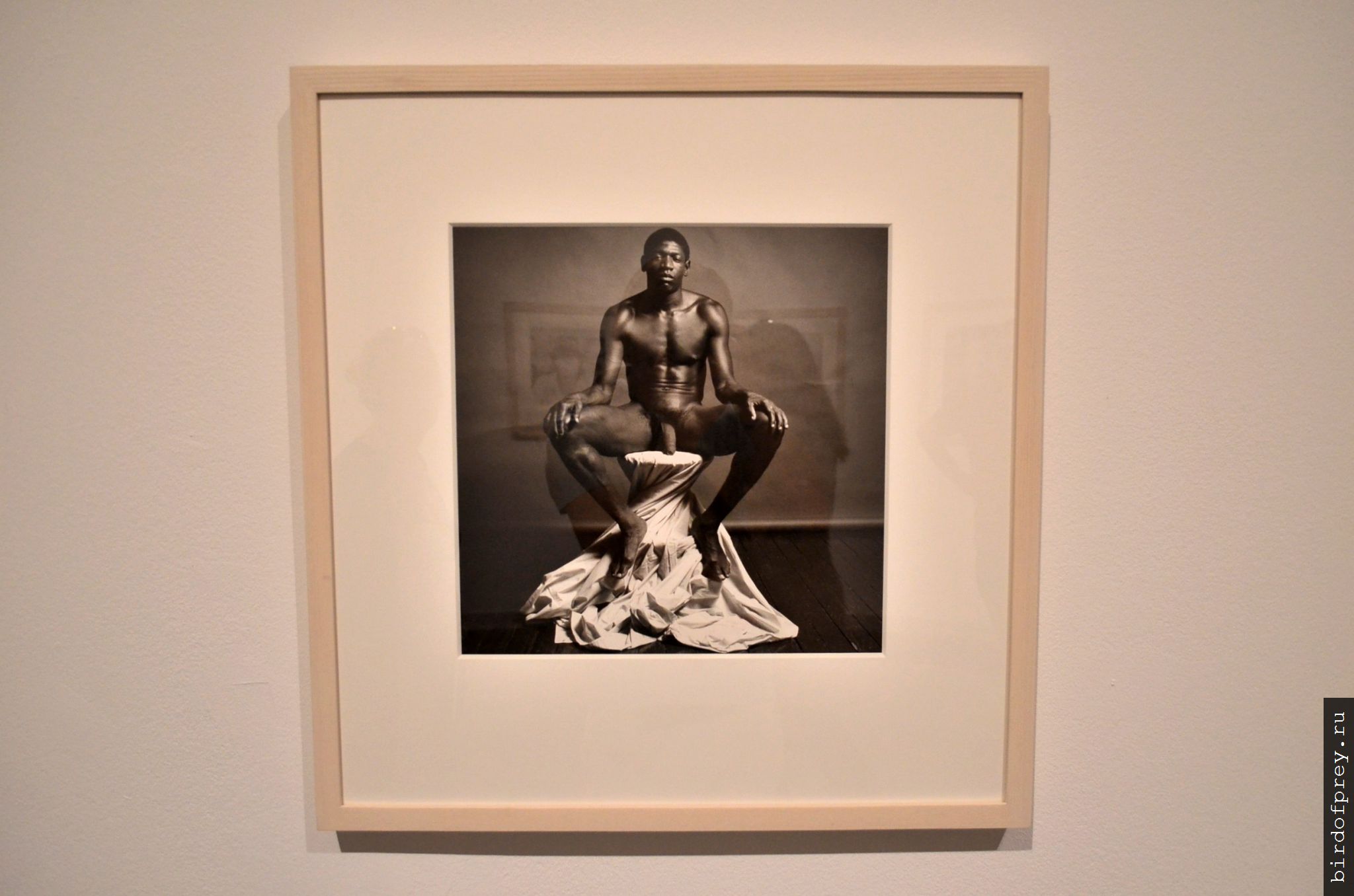
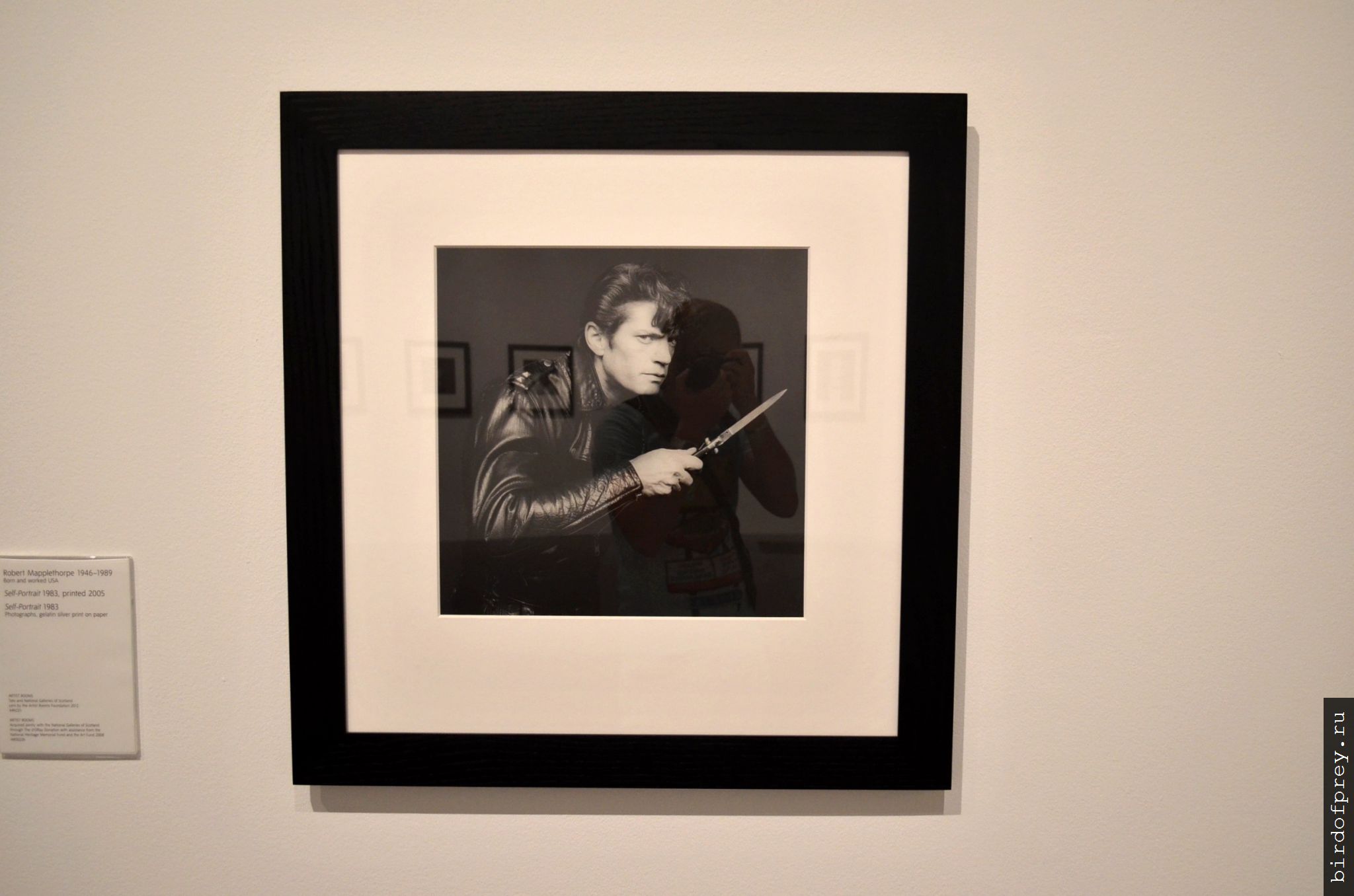
Robert Mapplethorpe (1946 – 1989), автопортрет.
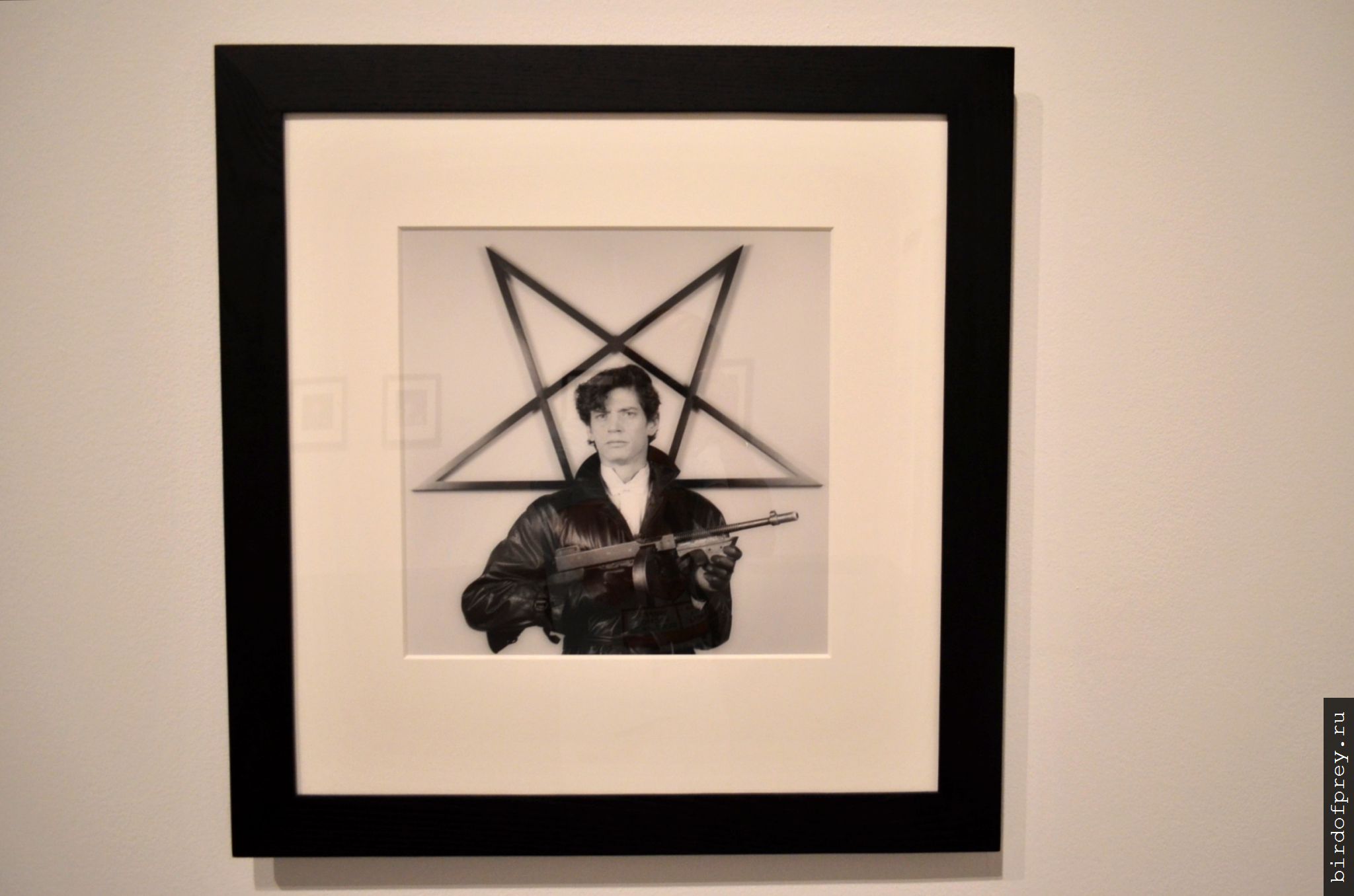
Он же. Чувак делал крутые фотографии, жаль умер довольно молодым от СПИДа.

Автопортрет за год до смерти.
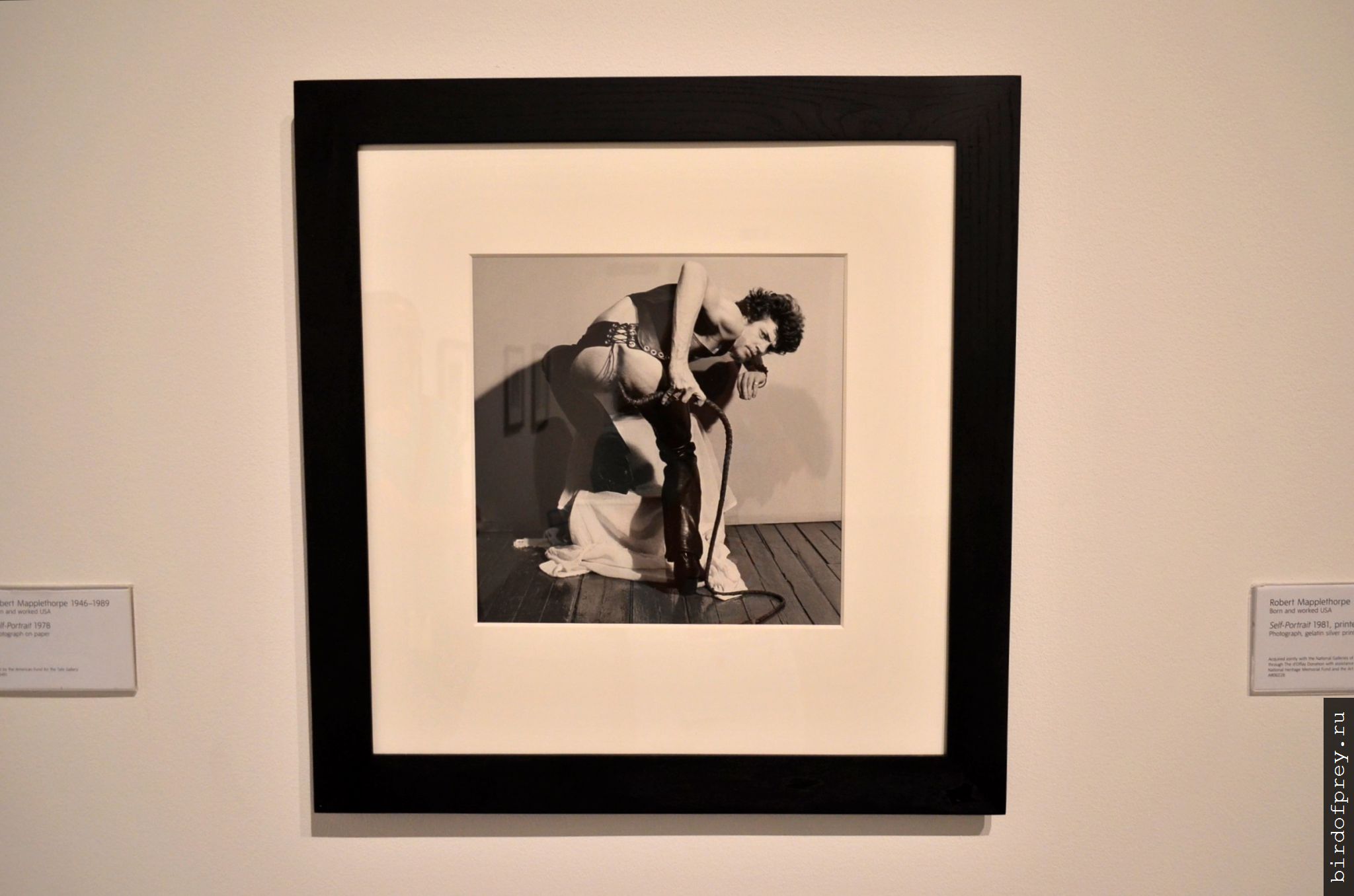

“Рождение” 2007 – Louise Bourgeois (1911 – 2010).

“Падающий молот” 1988 – Richard Serra (рождён в 1939). Эти две металлические пластины ни чем не скреплены ни друг с другом, ни с полом и стенами – стоят чисто за счёт своего веса. Их создатель известен гораздо более огромной подобной инсталляцией в Бильбао, в музее Гуггенхайма (глядите на следующую картинку).

“Суть времени”.
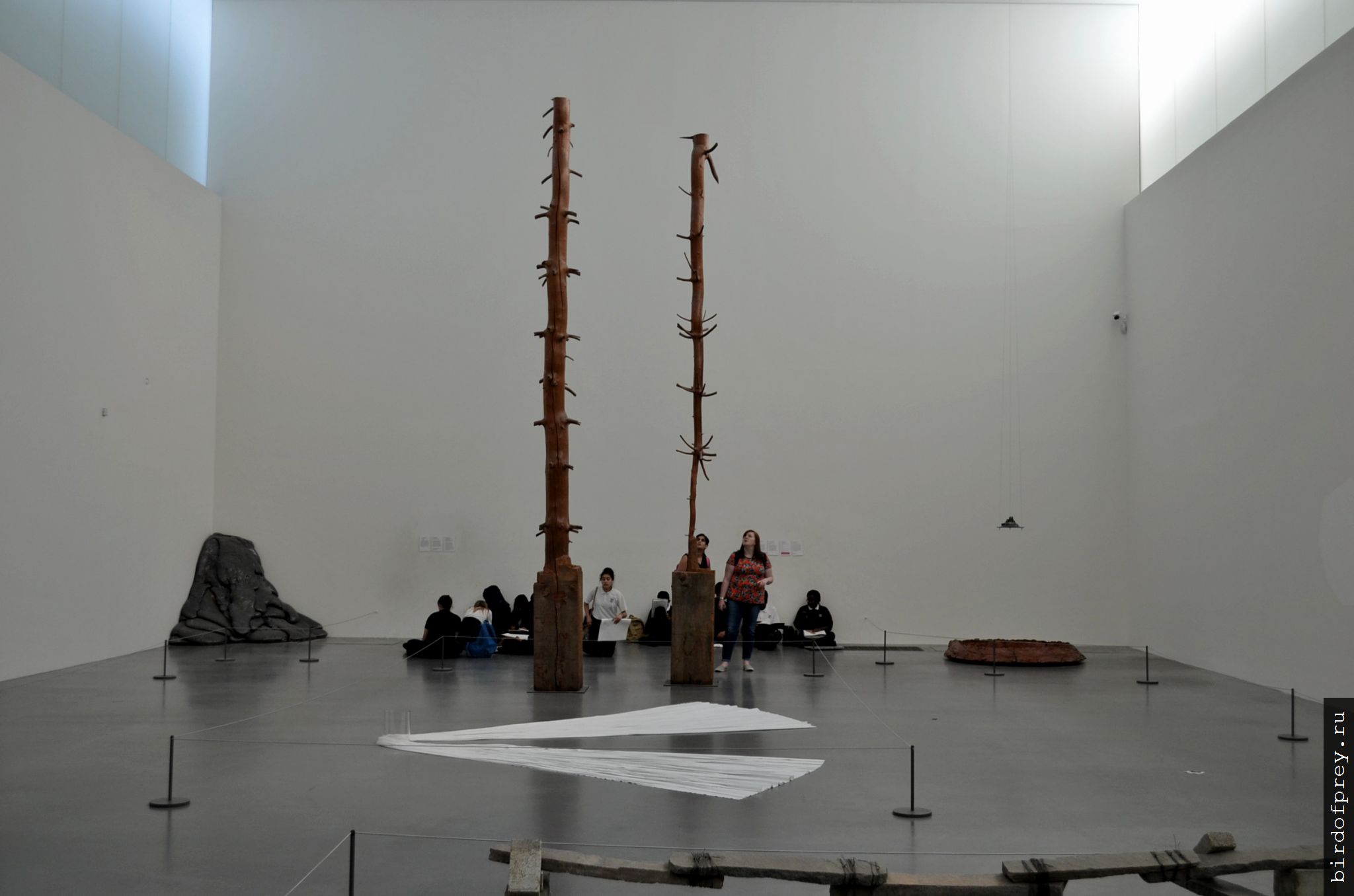
Эти деревянные “деревья” воплощают забавную идею. Однажды какие-то деревья были превращены в деревянные брусья, послужившие материалом для этого произведения. художник “освободил” из этих брусьев их изначальную древесную суть, вернув их к “истокам”.

Без названия, 2006, – Terence Koh (рождён в 1977). В стеклянных ящиках находятся предметы, напоминающие куски говна в позолоте. Это высказывание автора о том, что в нашей жизни и говно можно преподнести как конфетку, так что ей будут восхищаться.
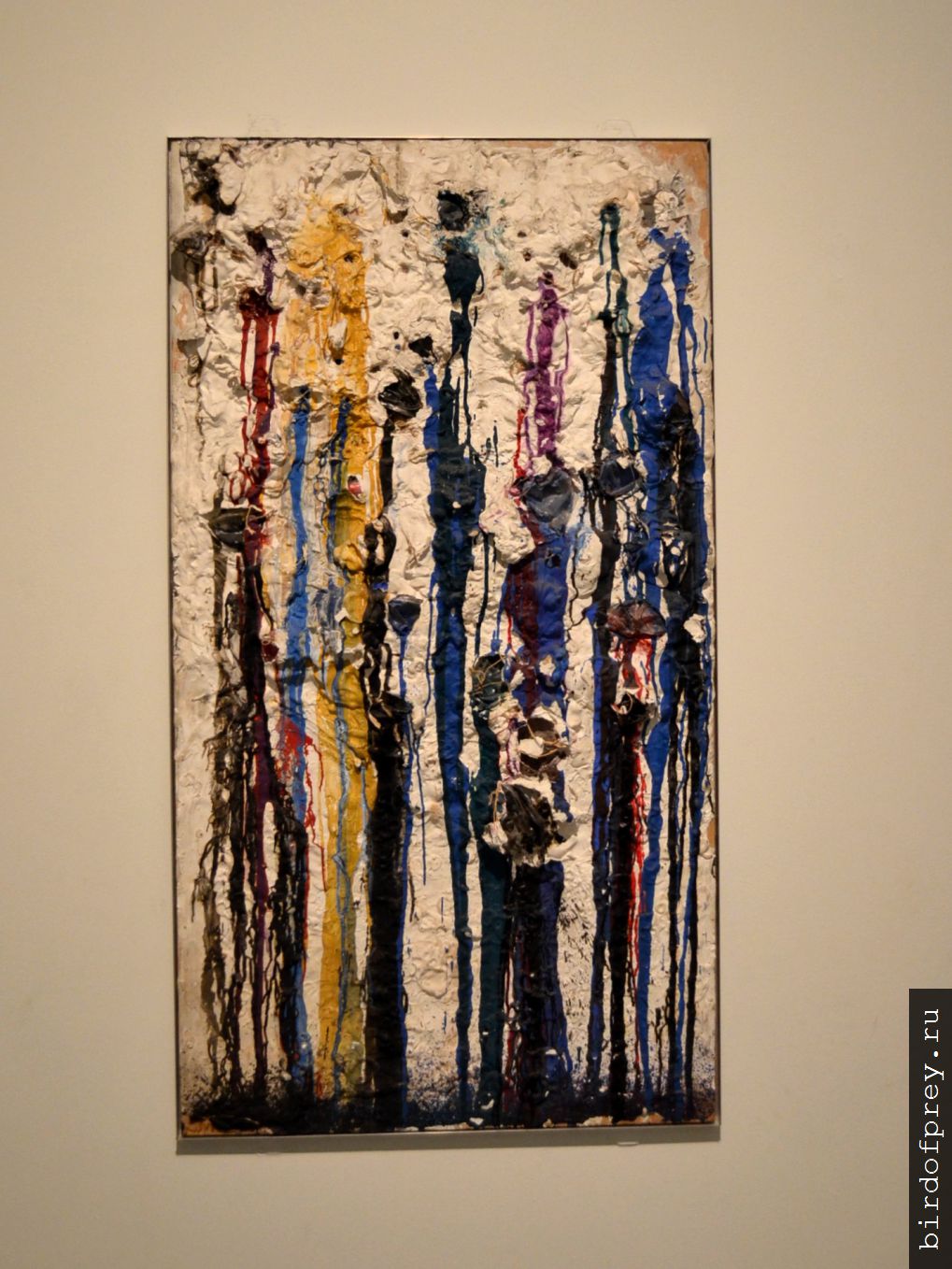
“Расстрельная картинка” 1961 – Niki de Saint Phalle (1930 – 2002). Дамочка создавала такие произведения, расстреливая из ружья холст с прикреплёнными пакетами с краской, таким образом выплёскивая на холст свою агрессию. Ниже я вставил видео её перформанса.
“Расстрельные картинки” смотрите начиная с 2:00.

Без названия, 2006, – Roger Hiorns (рождён в 1975).
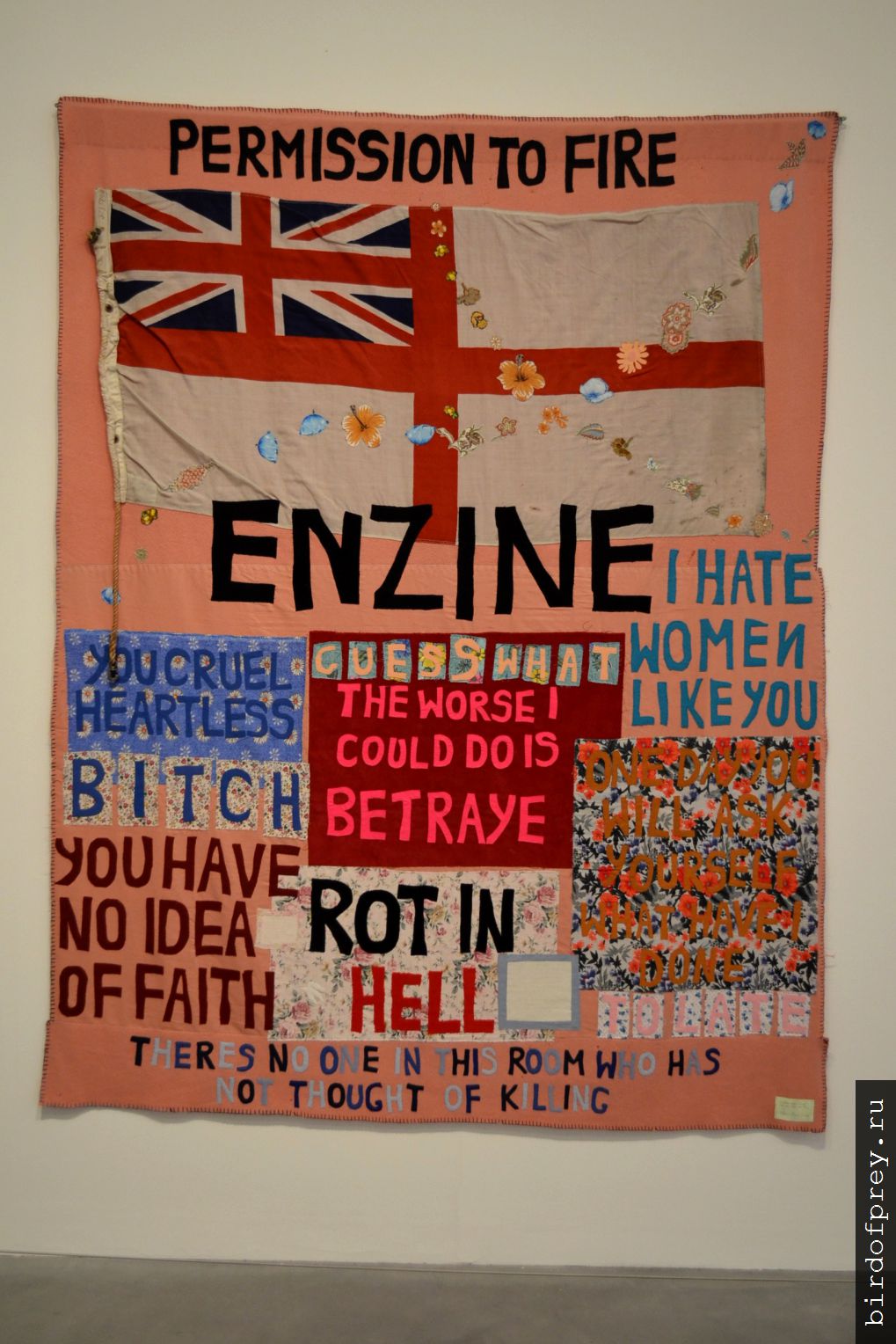
“Ненависть и власть могут быть ужасной смесью” 2004 – Tracey Emin (рождена в 1963).
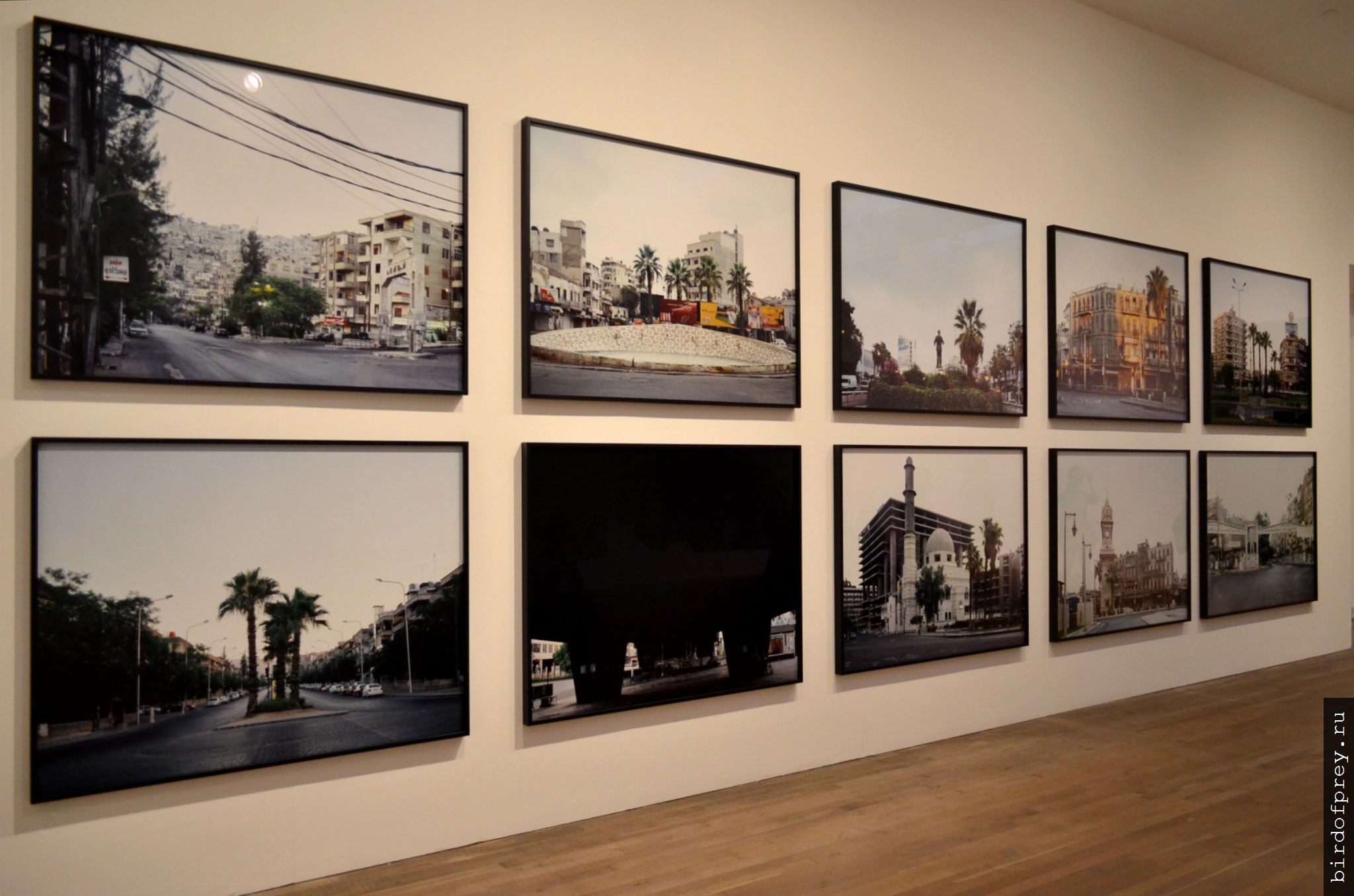
“Площади для казней” 2008 – Hrair Sarkissian (рождён в 1973). Эта подборка фотографий показывает разные площади, заурядно выглядящие ныне, на которых правительства разных стран казнили своих граждан.

“Метамарфоза Нарцисса” 1937 – Salvador Dali (1904 – 1989).
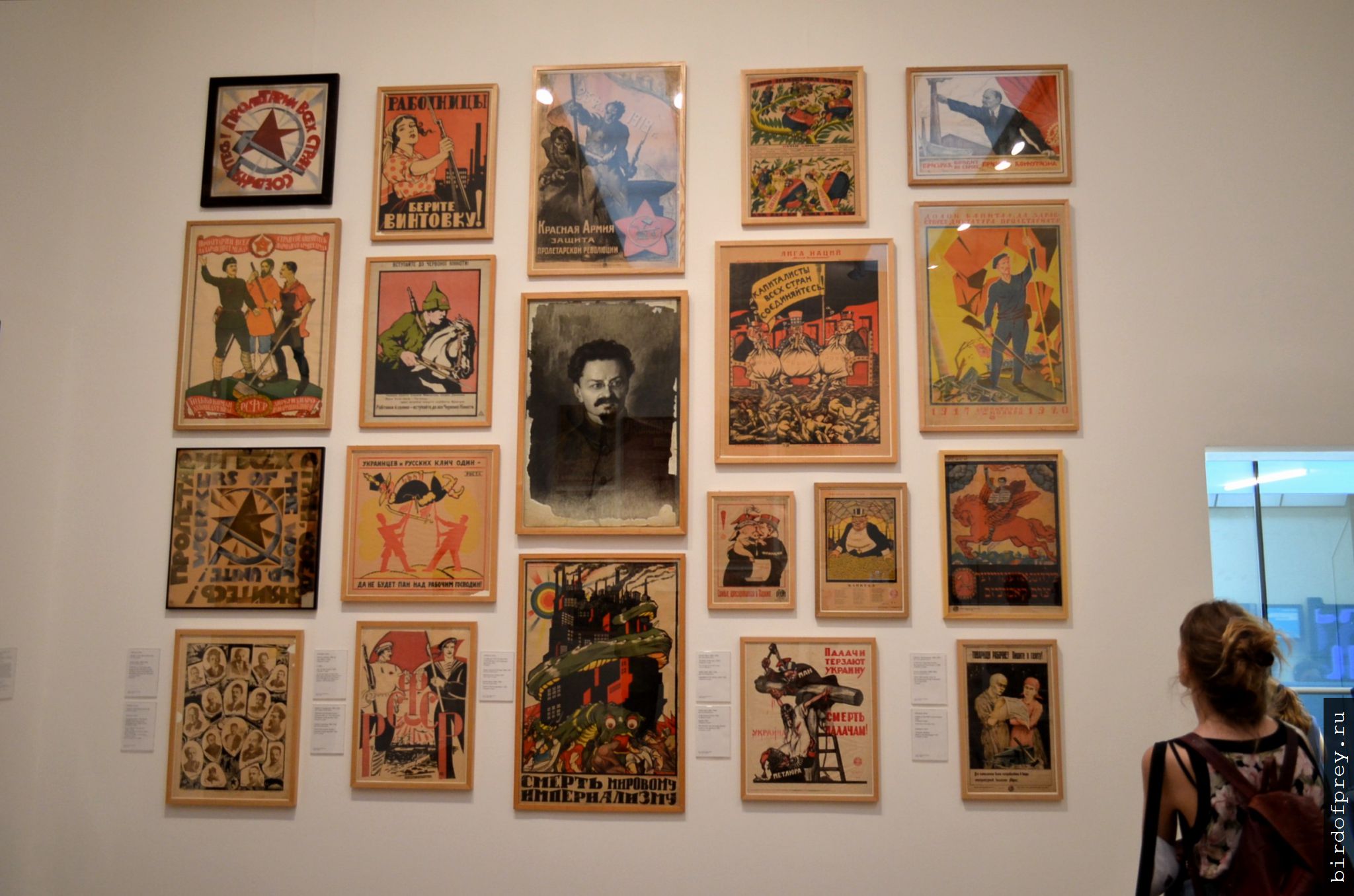
Коллекция советских пропагандистских плакатов.


Практически на злобу дня.
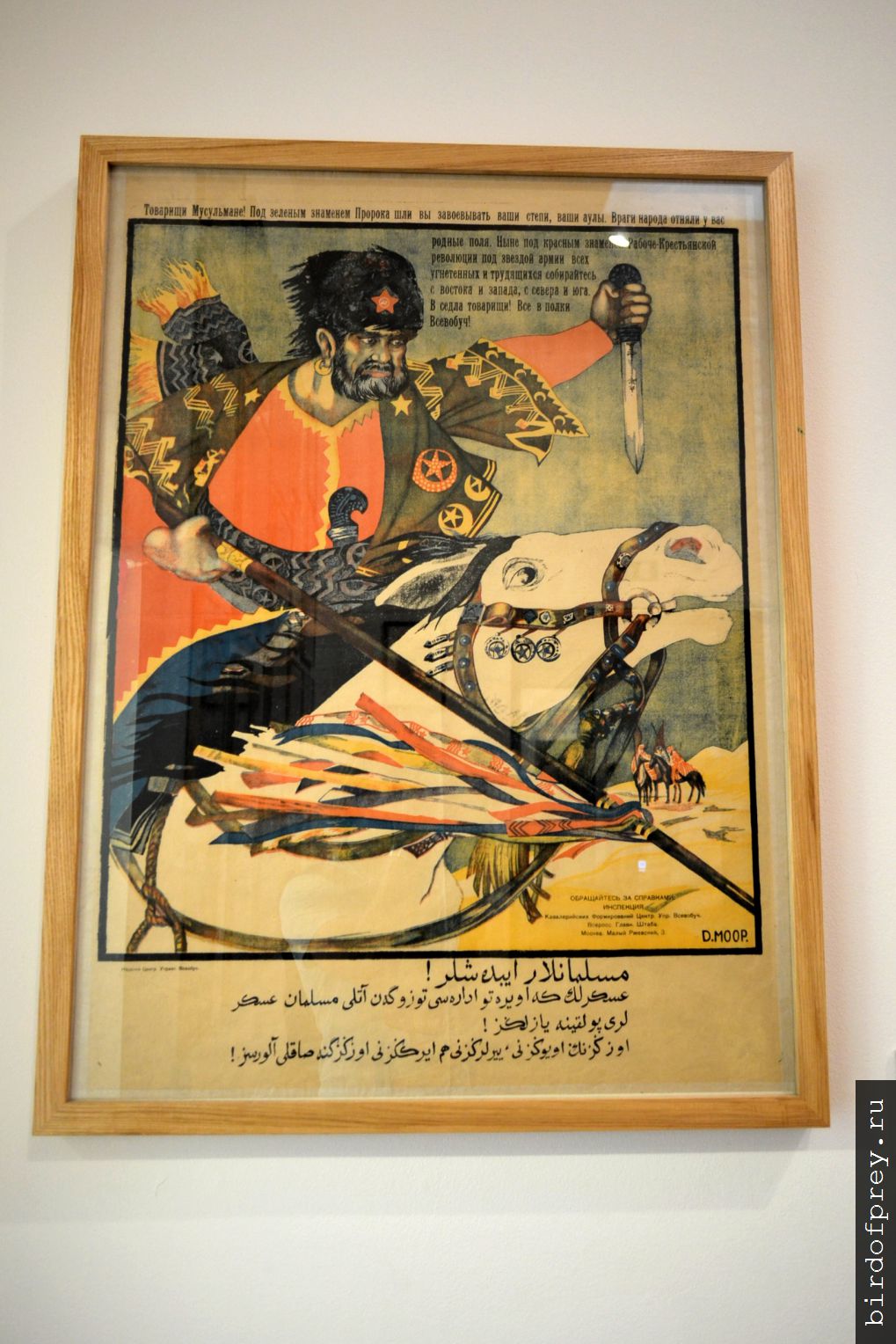
Советская пропаганда, адаптированная для азиатской действительности.
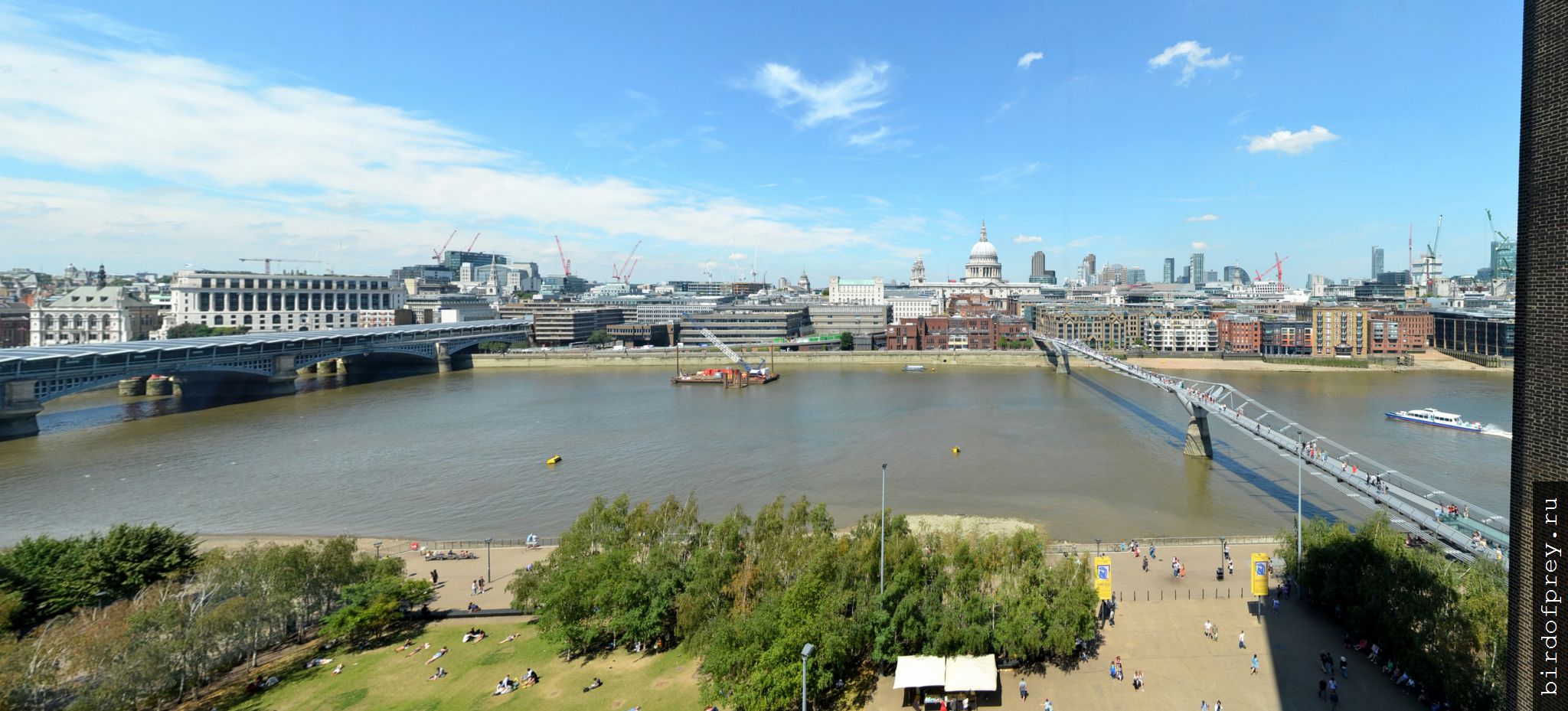
Последнее фото на сегодня – вид на Лондон с последнего этажа Тэйт Модерна.

Тэйт МодернTate Modern
One of the things to like in London is that some of really educating museums are free for visitors. Moreover they offer for free really good thematic guided tours. So, during my trip to London I found some time to enjoy British Museum (where I got no pics) and Tate Modern, where I learnt some interesting stories about modern art, and gonna tell you some of them now, while showing the photos of some art-works (sorry for doubtful quality of the pics this time). Yeah… the header photo is the work “Vietnam II” by Leon Golub (1922 – 2004), created in 1973.

This is how Tate Modern gallery looks from Millennium bridge. In the past it used to be a power station.

The Turbine Hall. Once this place housed the electricity generators, now it is used to host large scale art-works. Unfortunately, it was vacant in time of my visit.

“Structure and Clarity” tour.

“Everyday” 2009 by Subodh Gupta (born in 1964).

“Swinging” 1925 by Wassily Kandinsky (1866 – 1944). Our guide told us a lot about this piece, but I am lazy to retell it here :) In few words: Kandinsky was really crazy, as he really used to believe in pseudo-science staff, such as aura of things, colours of aura coding different feelings and ideas, etc. And he used that non-sense to create his works, so, in principle, you may decode it, if you waste your time to learn the “theory” of aura and similar shit. But, on the other hand, you may enjoy this picture without knowing that staff, as it is constructed in a very harmonic way. Actually, although it looks like a chaotic set of figures, every element is on his place, and should you remove or modify any detail, the picture will look completely different.

“Still Life with a Beer Mug” 1921-2 by Fernand Léger (1881 – 1955). Here you see a beer mug, a table with various kitchen staff, and part of a room in the background. But the volume of the picture is destroyed by the artist, so all of the elements look flat, and their various parts are projected on the place of the drawing in the different ways. There is a philosophical concept behind that, kind of “every traditional painting is a lie, because the artists attempt to create an illusion of 3d world in a planar surface”, so in the paintings of this kind, the artists attempt to break with that lie, creating flat things on the flat surface.

“Méditerranée” 1952 by Ellsworth Kelly (born 1923). This american lady spent in past some time on the Mediterranean shore in Eroupe (like Vicky and Cristina in the Woody Allen’s movie) and inspired by her experience, she created a lot of abstract works about Mediterranean later. Here we see kind of “pixelized” picture of a typical Mediterranean shore: blue skies and sea, yellow and red sun and sand, white houses and black rocks and soil (well… may be she has different interpretation for the colours, but the idea is this).

“Orange Relief with Green” 1991 by Ellsworth Kelly (born 1923). “How many colors are presented in this art piece?” – asked the guide. The correct answer is “three”, because the white background wall, participates here as a part of the object. And then the guide didn’t know, what is actually depicted here, he just told that it is so unusual and charming combination of colours. Well… remembering that the lady is inspired by Mediterranean, I immediately understood that it is a representation of orange or mandarin on a tree. Have a look at my photo from Spain below :)

I believe that was the inspiration for the previous artwork.

“Blue Black Red” 2006 by Ellsworth Kelly (born 1923).


Photos by Albert Renger-Patzsch (1897 – 1966). The left one is from Zollverein, one of the places familiar to me :)


Robert Mapplethorpe (1946 – 1989), self-portrait.

The same dude. It looks like he did great photos, unfortunately he died quite young from AIDS.

Self-portrait of Robert, one year prior his death.


“The Birth” 2007 by Louise Bourgeois (1911 – 2010).

“Trip Hammer” 1988 by Richard Serra (born 1939). This guy also created a huge masterpiece exposed in Bilbao, in Guggenheim Museum (have a look at the next picture).


There is a funny idea behind these wooden “trees”. Once some trees have been turned into the bars used to create this work. The author help these bars to “go back to their origin”, carving out of them their tree-like centres.

Untitled, 2006, by Terence Koh (born 1977). Inside these glass boxes lie some small objects, reminding pieces of shit in a golden cover. Kind of showing that even shit may be prepared in a way, people will admire it.

“Shooting Picture” 1961 by Niki de Saint Phalle (1930 – 2002). This lady used to create such art-works by shooting from a gun into canvas covered with kind of plastic bags with paint inside. I’ve insert a video below.
“Shooting Pictures” performance is shown starting from 2:00.

Untitled, 2006, by Roger Hiorns (born 1975).

“Hate and Power Can be a Terrible Thing” 2004 by Tracey Emin (born 1963).

“Execution Squares” 2008 by Hrair Sarkissian (born 1973). This collection of photos show various squares around the world, where people used to be executed by their rulers.

“Metamorphosis of Narcissus” 1937 by Salvador Dali (1904 – 1989).

Hmm… collection of Soviet propaganda posters.


“Butchers torture Ukraine. Death to the Butchers!” Well… this one may be adapted to the present day events.

Localization of Soviet propaganda for Asia. “Comrades Muslims! Under the green flag of the prophet you used to take your land and auls, but people’s enemies took them out of you. Now rise under the red flag of Workers’ and Peasants’ revolution, under the star of army of all workmen and oppressed!”

The last photo for today is the view to London from the last floor of Tates Modern.
